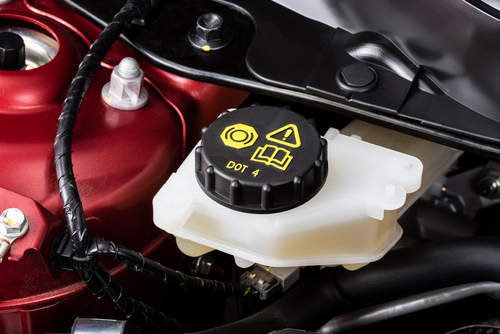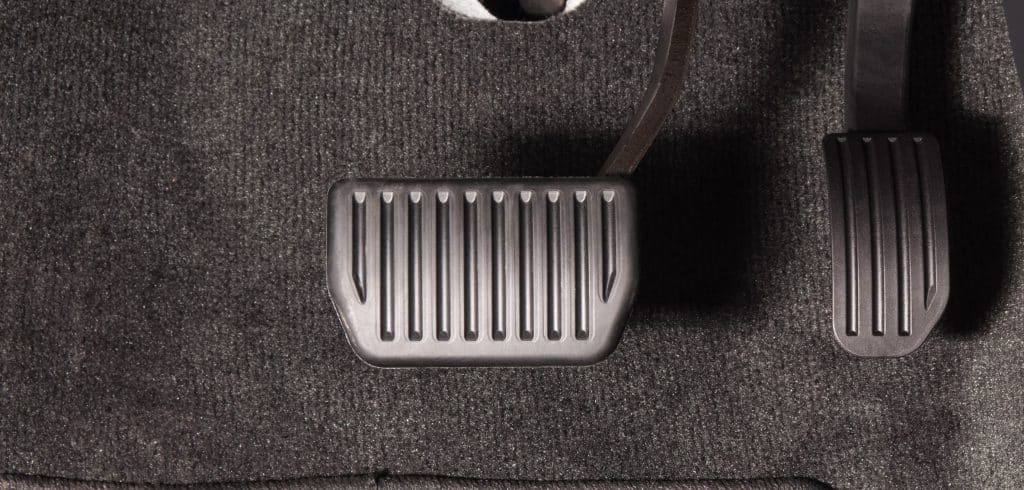What a Brake Booster Does

A brake booster serves as a critical component in your vehicle’s braking system. Its primary function is to amplify the force you apply to the brake pedal, thus reducing the effort needed to slow down or stop your car.
When you press the brake pedal, the booster multiplies that force, transmitting it to the master cylinder.
Inside the brake booster, a vacuum from the engine (or a hydraulic pump in some models) works with a diaphragm to increase the pressure delivered to the braking mechanism.
Components within a brake booster include:
- Vacuum chamber: Creates the necessary pressure differential.
- Diaphragm: Separates the vacuum chamber and divides pressure zones.
- Control valve: Regulates the vacuum to control the level of assistance provided.
The process in steps:
- You press the brake pedal.
- The control valve opens, allowing a vacuum to be created on one side of the diaphragm.
- The pressure difference across the diaphragm aids in pushing the master cylinder piston.
- Hydraulic pressure is sent through the brake lines to the calipers or wheel cylinders.
- The brake pads or shoes press against the rotors or drums, causing the vehicle to slow down or stop.
By enhancing pedal force, the booster ensures your safety and driving comfort. It enables swift and effective braking without requiring great physical force from you.
What Happens if a Brake Booster Fails

When your vehicle’s brake booster fails, you’ll immediately notice a change in the braking behavior. This can compromise your ability to stop the vehicle safely.
Harder Pedal
Causes: A faulty brake booster can lead to a loss of power assistance, which means you’ll need to apply greater force to the brake pedal.
Consequences:
- Difficulty braking: You may struggle to depress the pedal.
- Driver fatigue: More force over time can cause strain.
Increased Stopping Distance
Causes: Without the brake booster, the hydraulic pressure needed to engage the brakes effectively is reduced.
Consequences:
- Extended braking: Your vehicle will take longer to come to a stop than usual.
- Safety risk: This increase in stopping distance can potentially lead to collisions, especially in emergency braking situations.
